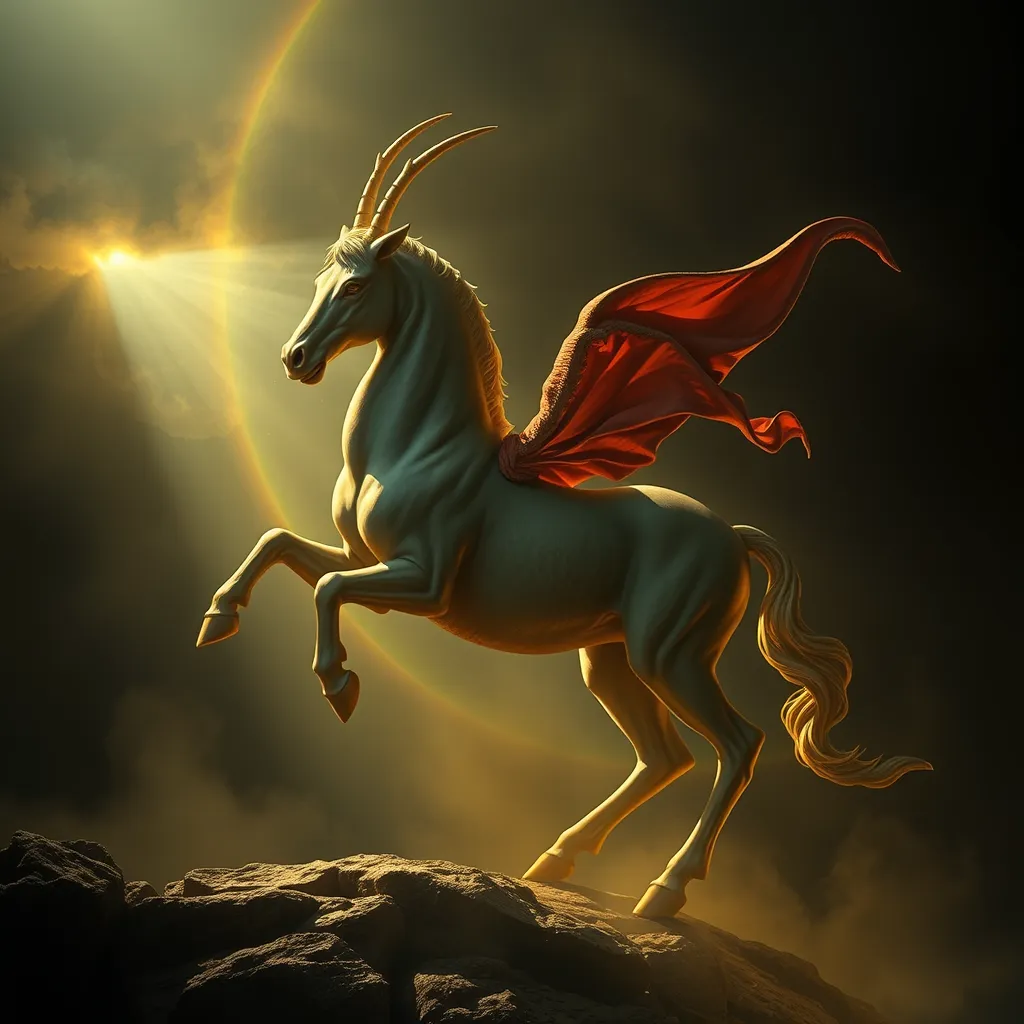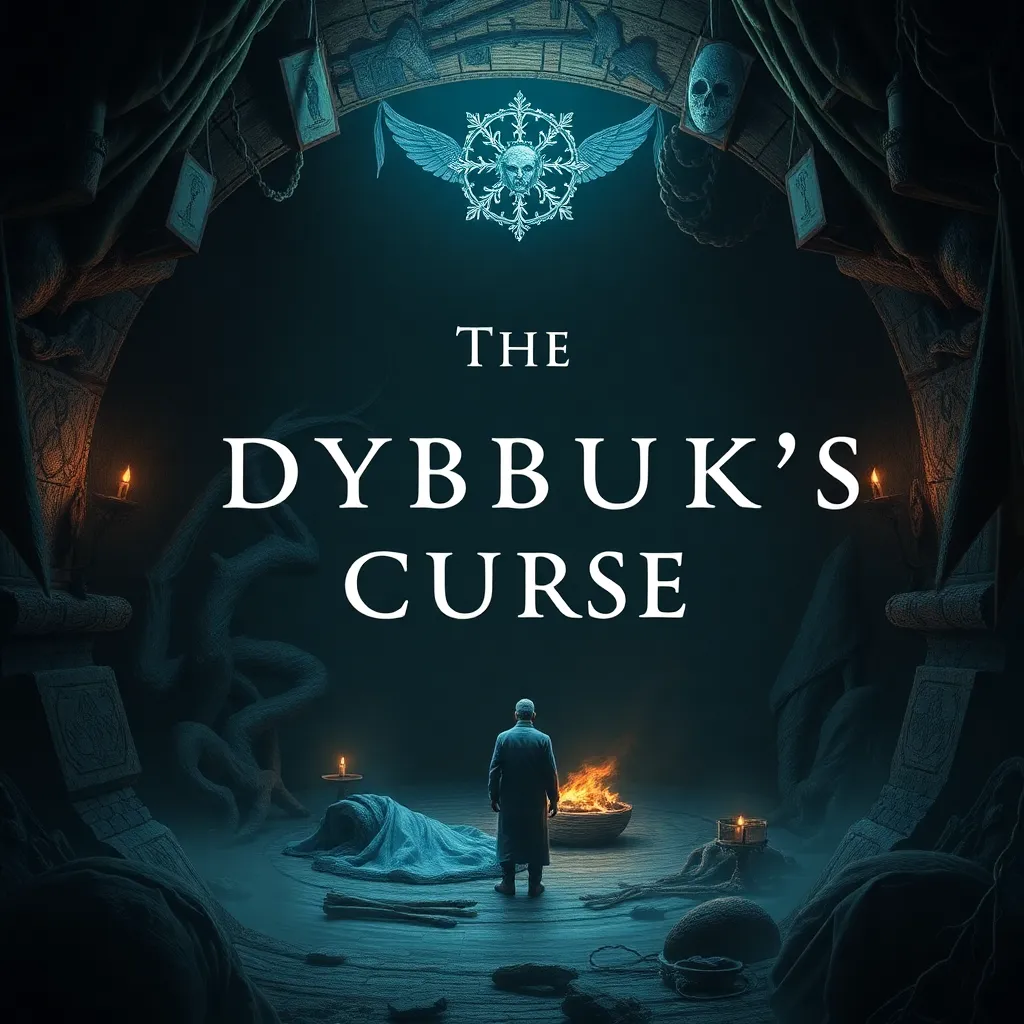The Centaur and the Roman World: Myth and Reality in the Roman Imagination
I. Introduction
The centaur, a creature that embodies both human and equine attributes, has long captured the imagination of cultures throughout history. Rooted in Greek mythology, these half-human, half-horse beings symbolize the duality of human nature, representing both civilization and chaos. In the Roman context, centaurs held a significant place, reflecting cultural values, societal conflicts, and the complexities of human existence.
This article aims to explore the centaur’s origins, its representation in Roman literature and art, and its role as a cultural metaphor. By delving into these aspects, we can gain a deeper understanding of the centaur’s influence on Roman society and its legacy in later cultures.
II. The Origins of the Centaur Myth
The centaur myth finds its roots in ancient Greek mythology, where these creatures were often depicted as wild and uncivilized beings. They are believed to have originated from the union of Ixion, a mortal king, and a cloud that took the form of Hera, resulting in the creation of the centaurs who were known for their unruly behavior.
Early representations of centaurs can be found in various literary sources, including the works of Homer and Hesiod. In these texts, centaurs often appear as antagonists, embodying the untamed aspects of nature and human instinct. As Greek culture and mythology became intertwined with Roman traditions, the imagery of centaurs transitioned seamlessly into Roman culture, where they were reinterpreted and adapted.
III. Centaurs in Roman Literature
Roman literature features numerous instances of centaurs, showcasing their complexity and the various roles they played within narratives. Key texts that examine centaurs include:
- Virgil’s “Aeneid”: Centaurs appear as embodiments of chaos, contrasting with the order sought by Aeneas in his quest.
- Ovid’s “Metamorphoses”: This work presents centaurs in various mythological tales, often highlighting their conflict between bestial instincts and human reason.
In these literary works, centaurs serve as symbols of chaos and civilization, representing the struggle between the primal instincts of humanity and the pursuit of order and rationality. Their wild nature often leads to conflict with more civilized characters, reflecting the Roman societal values of restraint and discipline.
IV. Artistic Representations of Centaurs
The artistic depictions of centaurs in Roman culture are rich and varied, found in sculptures, frescoes, and pottery. These representations illustrate the dual nature of centaurs, captured in dynamic poses that convey both grace and ferocity. Some notable examples include:
- Sculptures: Many Roman sculptures depict centaurs in battle with Lapiths, symbolizing the conflict between civilization and barbarism.
- Frescoes: Centaurs are commonly used as decorative motifs in Roman villas, often illustrating mythological scenes that emphasize their connection to human emotions.
- Pottery: Attic black-figure pottery frequently features centaurs engaged in various activities, from combat to social gatherings, highlighting their multifaceted nature.
In public spaces, centaur imagery was utilized to convey messages about the Roman ideals of strength, virtue, and the balance between civilization and untamed nature. The symbolic interpretations of these artistic depictions reveal the complexities of Roman identity and the values they aspired to uphold.
V. Centaurs as Cultural Metaphors
The centaur’s duality of human and beast serves as a profound metaphor for the complexities of Roman society. This duality can be interpreted in several ways:
- Human and Beast: The centaur represents the tension between civilized behavior and primal instincts, reflecting the Roman struggle to maintain order in a chaotic world.
- Noble Savage: Centaurs are often viewed as the ‘noble savage,’ a concept that highlights the idea of a simpler, more virtuous existence that stands in contrast to the corruptions of urban life.
- Societal Conflicts: The centaur’s representation often mirrors societal conflicts, such as the tension between the ruling elite and the lower classes, or the struggle between civilization and the wilderness.
Through these cultural metaphors, centaurs embody the complexities of human nature and societal values, challenging the Romans to confront their own identities and beliefs.
VI. Centaurs in Roman Religion and Mythology
Centaurs also held a significant place in Roman religion and mythology, often associated with divine figures and mythological narratives. Their connection to the gods and the divine realm can be seen in several aspects:
- Divine Lineage: Some centaurs, like Chiron, were depicted as wise and noble beings, often serving as mentors to heroes and demigods.
- Rituals and Mythology: Centaurs were involved in various mythological tales and rituals, often symbolizing the balance between nature and civilization.
- Integration into the Pantheon: The integration of centaurs into the Roman pantheon highlights their importance in the broader context of Roman mythology and religious practices.
Through these connections, centaurs became symbols of both conflict and harmony within the complex tapestry of Roman religious beliefs.
VII. The Legacy of Centaur Imagery in Later Cultures
The imagery of centaurs has endured through the centuries, influencing various artistic movements and cultural narratives. Their legacy can be traced in several ways:
- Medieval and Renaissance Art: Centaurs reemerged as subjects in medieval and Renaissance art, often symbolizing the duality of man and nature.
- Modern Literature and Popular Culture: Contemporary works, including novels and films, continue to explore centaur symbolism, often depicting them as beings that embody the struggle between human and animal instincts.
- Enduring Fascination: The fascination with centaurs speaks to humanity’s ongoing exploration of identity, morality, and the balance between civilization and nature.
This legacy highlights the adaptability of centaur imagery across different cultures and epochs, demonstrating its relevance in various narratives and artistic expressions.
VIII. Conclusion
In summary, the centaur occupies a unique place in the Roman imagination, serving as a potent symbol of the duality of human nature and the complexities of society. From their origins in Greek mythology to their rich representations in Roman literature and art, centaurs reflect the cultural values, conflicts, and ideals of the time.
The lasting significance of centaurs in both ancient and modern contexts underscores their role as cultural metaphors that continue to resonate with audiences today. As we reflect on the interplay between myth and reality, it becomes clear that centaurs will remain enduring figures in our cultural narratives, inviting us to explore the depths of our own humanity.

![MF #27: Centaurs [Greek Mythology]](https://i.ytimg.com/vi/GgG4GtDzT18/hqdefault.jpg)


